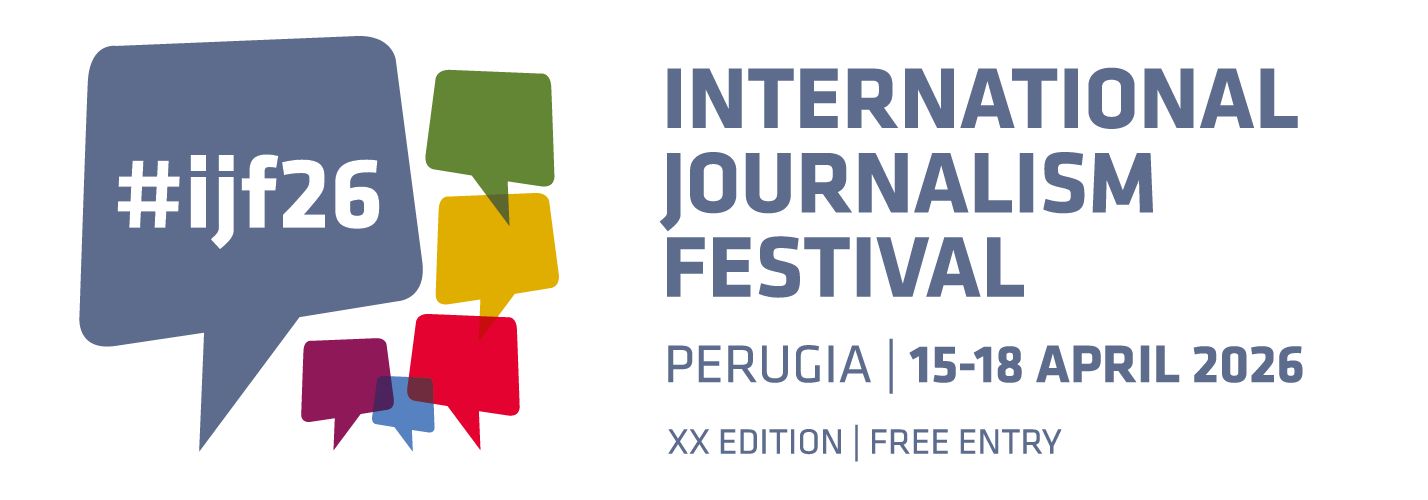Stay up to date by subscribing to our Newsletter or by following our Telegram channel, and join the conversation on Facebook, Twitter, and Instagram.
Edited by Marco Nurra
French security forces fire teargas at press freedom protesters. Thousands of people across France gathered in support of press freedom after film of police beating a black music producer fanned anger about a draft law that is seen as curbing the right of journalists to report on police brutality. Jean Castex, the prime minister, has announced that an independent commission will examine and rewrite the controversial article 24, which aims to regulate how people share film or photos of police. The article makes it a criminal offence to publish images of on-duty police officers with the intent to harm their “physical or psychological integrity” and it says offenders could face up to a year in prison and be fined €45,000. Critics say media freedom and citizens’ right to film police action must not be impeded.
Condemnation after photojournalist wounded during Paris protest. Ameer Alhalbi, a freelance photographer who has worked for Polka magazine and AFP news agency, was covering Saturday’s demonstrations opposing police violence and the French government’s plans to restrict sharing images of officers. Dimitri Beck, Polka’s director of photography, said Alhalbi had suffered a broken nose and injured forehead and been taken to hospital. Photos showed Alhalbi’s face bruised, with much of his head covered in bandages. Christophe Deloire, secretary-general of Reporters Without Borders, tweeted that the 24-year-old had been wounded at Place de la Bastille by “a police baton”.
Beatings, humiliation and ill treatment: What a Belarusian journalist saw in prison. Belarusian journalist Yan Auseyushkin was arrested and imprisoned while covering the country’s pro-democracy protests. “As a journalist, I have repeatedly written about how people are detained in Belarus, covering criminal courts and administrative trials. Being arrested for between three and 15 days was seen as something ordinary – a routine punishment, relatively safe and harmless. I thought so myself, until I found myself in prison last month.” Thousands of people have been detained in Belarus’ pro-democracy protesters – and hundreds are facing charges. The prison system that will take them is largely unreformed and has its roots in the Soviet system.
What we think we know and what we want to know: perspectives on trust in news in a changing world. The Reuters Institute for Journalism at the University of Oxford interviewed 82 journalists from the most prominent news outlets in Brazil, India, the United Kingdom, and the United States for its first report in the Trust in News Project, a three-year effort to better understand what causes and undermines trust in news organizations. The report sets the groundwork for the rest of the project and is divided into two sections: what the researchers think they know about trust and distrust, and what they want to find out.
How QAnon content endures on social media through visuals and code words. Evolving tactics from QAnon-promoting accounts pose moderation challenges for Facebook, Twitter and YouTube. Promoters of QAnon-linked conspiracy theories have adapted to use visuals and careful wording to evade moderators, posing a detection challenge for platforms.
Vaccine trials are leaving misinformation in their wake. Over the past few weeks we have been besieged by a volley of headlines heralding the positive results of clinical trials of various Covid-19 vaccines. The news is encouraging. But the timing of the announcements combined with news stories that left us with more questions than answers has resulted in a flurry of vaccine mis and disinformation pervading an already vulnerable social media ecosystem.
Newsrewired special: Julie Posetti, global research director of ICFJ, on post-pandemic future. Journalists are burnt out, newsrooms resources are stretched and disinformation is rife; 2020 has been a miserable year so let us put it behind us. Here are some ideas on how to make journalism thrive in 2021 inspired by a survey of more than 1,400 journalists during the pandemic.
How The New York Times prepared for the ultimate stress test — the 2020 election. Senior vice president of product engineering Brian Hamman describes prepping for unusual results, multiple needles, and vote counting that stretched for days. “Usually elections are a two-day affair. You start the day of the election and you have a large day the day after the election, too, particularly the morning after when all the people who fall asleep before anything is called wake up and are eager to see what’s happening. We design our coverage around that 24- to 48-hour period. […] With this election, that was challenging, because that period could go on for weeks.”

